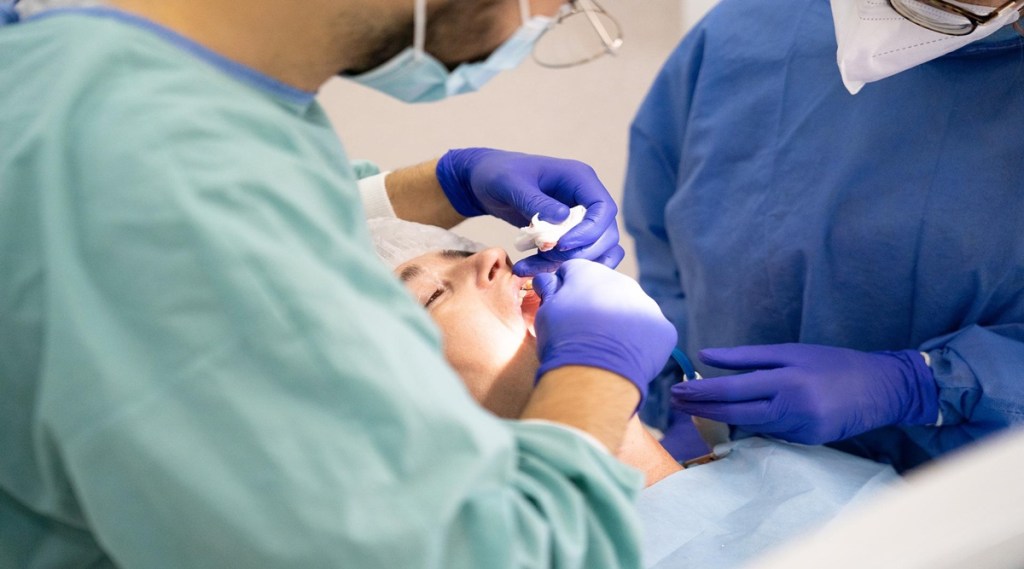Scientists at the Indian Institute of Science (IISc) Bengaluru have developed nano-sized robots that can be controlled using a magnetic field and it can help in killing bacteria deep inside the teeth and increase the success of root canal treatments. According to scientists, root canal treatments are frequently carried out to treat tooth infections in millions of patients. The procedure involves removing the infected soft tissue inside the tooth, called the pulp, and flushing the tooth with antibiotics or chemicals to kill the bacteria that cause the infection.
“The dentinal tubules are very small and bacteria reside deep in the tissue. Current techniques are not efficient enough to go all the way inside and kill the bacteria,” said Shanmukh Srinivas, Research Associate at the Centre for Nano Science and Engineering (CeNSE), and co-founder of IISc-incubated start-up, Theranautilus, according to a report by PTI. The findings of the study were published in the journal Advanced Healthcare Materials.
The scientists designed helical nanobots made of silicon dioxide coated with iron, which can be controlled using a device that generates a low-intensity magnetic field. These nanobots were then injected into extracted tooth samples and their movement was tracked using a microscope. By tweaking the frequency of the magnetic field, the researchers were able to make the nanobots move at will and penetrate deep inside the dentinal tubules.
“We have also established that we can retrieve them, we can pull them back out of the patient’s teeth. ” said Srinivas.
“Crucially, the team was able to manipulate the magnetic field to make the surface of the nanobots generate heat, which can kill the bacteria nearby. No other technology in the market can do this right now,” said Debayan Dasgupta, Research Associate at CeNSE, and another co-founder of Theranautilus.
The researchers said that using heat to kill the bacteria also provides a safer alternative to harsh chemicals or antibiotics, as reported by PTI. Meanwhile, the researchers are also working on developing a new kind of medical device that can easily fit inside the mouth and permit the dentist to inject and manipulate the nanobots inside the teeth during root canal treatment.
“We are very close to deploying this technology in a clinical setting, which was considered futuristic even three years ago. It is a joy to see how a simple scientific curiosity is shaping into a medical intervention that can impact millions of people in India alone,” added Ambarish Ghosh, Professor at CeNSE.








